|
|
General: CALIFORNIA FILMING LOCATIONS BACK TO THE FUTURE BURGER KING VICTORY BOULEVARD
Scegli un’altra bacheca |
|
Rispondi |
Messaggio 1 di 42 di questo argomento |
|
Los Angeles plays host to many of the locations from ‘Back To The Future’ which starts off at Doctor Emmett Brown’s workshop where all the clocks go off 25 minutes early meaning Marty is late for school. What follows was an inspiration for me as a child as I took up skateboarding though being towed on the back of vehicles didn’t happen too often!
The workshop (below) was a temporary facade and can be made-out thanks to a diagonal stripe on the car park.
 
The Burger King (below) next to the workshop, which Marty skateboards past, is at 535 N. Victory Boulevard in Burbank.
 
The skateboard route continue through Courthouse Square at Universal Studios Hollywood and finishes at Whittier High School at 12417 E. Philadelphia Street in Whittier. This was of course used as Hill Valley High School and appears on screen a few times during the film.
   
Having failed his audition for ‘Battle of the Bands’ Marty skateboards down his home street past going through the famous Lyon Estate signs which by luck I saw at Universal Studios due to the failure of our tram which lead to a slight detour. The street in the picture below is Sandusky Avenue.
 
In reality though, Marty’s home (below) is a few streets away. The address for his home is 9303 Roslyndale Avenue in Arieta and is private property.
 
Marty agrees to meet the Doc at Twin Pines Mall (below) at 1.15am and the DeLorean time-machine is introduced to him. This was filmed at Puente Hills Mall at 1600 Asuza Avenue though sadly the JCPenney store has been replaced by a coat factory one. Whilst snapping away a cop wound down his window and said “Back to the future?” to which I replied “Of course” before he started going on about some event to mark the films 25th anniversary last year.
 
This location was the furthest out of the way for myself and Ethan but I felt it had to be seen as it played such an important part by way of being where Marty escapes from the hostile Libyan terrorists by driving at 88mph resulting in him being transported back to 1955.
 
On his entrance to 1955 Marty crashed into a barn and soon after that he discovers his 1985 street being built. All that exists is the “Lyon Estates” gates (below) and across the road from them is a sign saying its 2 miles to Hill Valley where the all-important clock tower is. The gates are at Universal Studios.
 
The clock tower (below) was damaged in a fire a few years ago and is no more but here is a photo I took of it back in 2002.
 
Having met his father George, Marty follows him and finds him up a tree (below) being a peeping Tom. The person he is spying on is his future wife Lorraine who is of course Marty’s mother. That house is at 1727 Bushnell Avenue in South Pasadena.
 
George’s house (below) is a few doors down the road at 1711 Bushnell Avenue.
 
Marty later tracks down the Doc who lives at The Gamble House (of Proctor & Gamble fame) which is a Japanese-influenced wood shingle house at 4 Westmoreland Place in Pasadena.
   
The film ends back on Marty’s street at Roslyndale Avenue where the Doc arrives from 2015 and utters the classic line to Jennifer and Marty “Roads. Where we’re going we don’t need roads!”. With that, the three of them shoot off into future (and the sequel film!) bringing my all-time favourite film to an end.
 
Bonus: Of course many of the above locations also featured in the two sequels ‘Back To The Future Part II’ and ‘Back To The Future Part III’. The tunnel below can be seen in the second film and is very close to Griffith Observatory (of ‘Terminator‘ fame) in Griffith Park and is where Marty recovers the Sports Almanac from Biff on his hoverboard.
 
Many thanks to the following sites: seeing-stars and movie-locations
https://tokyofox.net/2011/08/26/usa-2011-pt-iv-back-to-the-future-filming-locations/ |
|
|
|
Rispondi |
Messaggio 2 di 42 di questo argomento |
|

(Raul Roa / Burbank Leader)
https://www.latimes.com/local/lanow/la-me-ln-back-to-the-future-fans-plan-retro-tour-on-oct-21-2015-20151014-story.html |
|
|
|
Rispondi |
Messaggio 3 di 42 di questo argomento |
|
|
|
|
Rispondi |
Messaggio 4 di 42 di questo argomento |
|
Puerto de la Magdalena (León)
El puerto de la Magdalena (Puertu la Madalena, en leonés) es un puerto de montaña que une las comarcas leonesas de Omaña y Laciana.3 El puerto forma un amplio valle cimero, orientado de este a oeste, a 1434 m s. n. m. en el extremo norte de la sierra de Gistredo. La carretera LE-493, de Villablino a La Magdalena, trascurre por el puerto.
El valle desciende suavemente hacia la localidad de Murias de Paredes, al este. Al oeste, el desnivel es más acusado y el arroyo Bayo desciende rápidamente formando rápidos y cascadas. Esta diferencia de nivel es muy característica del proceso de captura por la cuenca del río Sil de la cabecera de la red fluvial del Duero.45 Un tramo de la ruta turística de las fuentes del Omaña trascurre por el puerto.6 Otros puntos de interés son una ermita en ruinas y el abedular de 170 Ha en las laderas del valle del Fasgarón, al lado sur del puerto.7
|
|
|
|
Rispondi |
Messaggio 5 di 42 di questo argomento |
|
|
|
|
Rispondi |
Messaggio 6 di 42 di questo argomento |
|
|
|
|
Rispondi |
Messaggio 7 di 42 di questo argomento |
|
Province of León
From Wikipedia, the free encyclopedia
|
León
Llión
|

Main sights from the province of León. From left to right: Pantheon of San Isidoro, Ponferrada castle, Las Médulas, Astorga, Castrillo de los Polvazares, Barrios de Luna Reservoir.
|
|
|
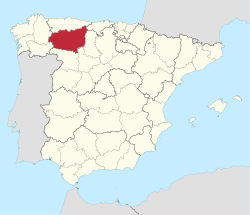
Map of Spain with León highlighted
|
Coordinates:  42°40′N 6°00′W 42°40′N 6°00′W |
| Country |
Spain |
| Autonomous community |
Castilla y León |
| Capital |
León |
| • Total |
15,581 km2 (6,016 sq mi) |
| • Rank |
Ranked 7th |
| |
3.08% of Spain |
| • Total |
463,746 |
| • Rank |
Ranked 30th |
| • Density |
30/km2 (77/sq mi) |
| |
1.08% of Spain |
| Demonym(s) |
Leonese
Spanish: Leonés/Leonesa |
| Website |
dipuleon.es |
León (, ; Spanish: [leˈon]; Leonese: Llión [ʎiˈoŋ]; Galician: [leˈoŋ]) is a province of northwestern Spain in the northern part of the Region of León and in the northwestern part of the autonomous community of Castile and León.
About one quarter of its population of 463,746 (2018) lives in the capital, León. The climate is dry, cold in winter and hot in summer. This creates the perfect environment for wine and all types of cold meats and sausages like the leonese "Morcilla" and the "Cecina".
There are two famous Roman Catholic cathedrals in the province, the main one in León and another in Astorga. The province shares the Picos de Europa National Park (in the Picos de Europa mountain range) with Cantabria and Asturias. It has 211 municipalities.
The province of León was established in 1833 with the new Spanish administrative organisation of regions and provinces to replace former kingdoms. The greater Leonese Region was composed of the provinces of León, Salamanca and Zamora.
The Kingdom of León was founded in 910 A.D. when the Christian princes of Asturias along the northern coast of the Iberian peninsula shifted their main seat from Oviedo to the city of León. The eastern, inland part of the kingdom was joined dynastically to the Kingdom of Castile, first in 1037–1065, then in 1077–1109 and again in 1126–1157, 1230–1296 and from 1301 onward (see: historic union of the Kingdoms of Castile and León). The western and Atlantic provinces became the Kingdom of Portugal in 1139.
The independently administered Kingdom of León, situated in the northwestern region of the Iberian Peninsula, retained the status of a kingdom until 1833, although dynastic union had brought it into the Crown of Castile. The Kingdom was composed of Adelantamientos Mayores, where the Leonese Adelantamientos consisted of the territories between the Picos de Europa and the Duero River. The political and military chiefs of these territories were referred to as Adelantados; those chiefs began to convene as an assembly in the early 12th century, while the crown appointed the Merinos as minor and appellate judges.[1]
According to UNESCO, in 1188 the Kingdom of León developed the first Parliament in Europe, the Cortes de León, which included the elected representatives of towns and cities.[2] In 1202, that Parliament approved economic legislation to regulate trade and guilds.[3]
The historical population is given in the following chart:
The Provincial Government of León signed accords with language associations for promoting the Leonese language.[citation needed] Leonese is taught in the city of León, Mansilla de las Mulas, La Bañeza, Valencia de Don Juan or Ponferrada for adult people, and in sixteen schools of León.[citation needed] The City Council of León writes some of its announcements in Leonese in order to promote the language.[citation needed]
In the western part of the El Bierzo, the westernmost region of the province, Galician language is spoken and taught at schools.[citation needed]
 Peñalba de Santiago Peñalba de Santiago, a medieval village in El Bierzo.
As for the temperatures, in general it is a cold climate due to the altitude and the abundance of frost (which persist from November to May), being more intense in the mountainous areas reaching -18 °C. Vega de Liordes, an enclave in the León sector of Picos de Europa belonging to the municipality of Posada de Valdeón registered −35.8 °C (−32.4 °F) on January 7, 2021.[4][5]
Embutidos
- Cecina de León: from beef. In the Leonese language, cecina means "meat that has been salted and dried by means of air, sun or smoke". Cecina de León is made of the hind legs of beef, salted, smoked and air-dried in the province of León, and has PGI status.
- Botillo: from pig. Traditionally made in the western Leonese regions, botiellu in Leonese or botelo in Galician, is a dish of meat-stuffed pork intestine. It is a culinary specialty of the county of El Bierzo and also of the region of Trás-os-Montes in Portugal. This type of embutido is a meat product made from different pieces left over from the butchering of a pig, including the ribs, tail, and bones with a little meat left on them. These are chopped; seasoned with salt, pepper, garlic, and other spices; stuffed in the cecum of the pig; and partly cured via smoking. It can also include the pig's tongue, shoulder blade, jaw, and backbone, but never exceeding 20% of the total volume. It is normally consumed cooked, covered with a sheet. In some parts of the province, specially close to Orbigo river it's also known as Yosco. It has PGI status.
Cheese
- Queso de Valdeón (Valdeón cheese): a blue cheese produced in Posada de Valdeon, traditionally wrapped in chestnut or sycamore maple leaves before being sent to market.
Wines
- Bierzo: in the west of the province of León and covers about 3,000 km2. The area consists of numerous small valleys in the mountainous part (Alto Bierzo) and of a wide, flat plain (Bajo Bierzo). The denominación de origen covers 23 municipalities.
- Tierra de León: in the southeast of the province of León.
Sweets
|
|
|
|
Rispondi |
Messaggio 8 di 42 di questo argomento |
|
Magdalena Bay
From Wikipedia, the free encyclopedia
Magdalena Bay (Spanish: Bahía Magdalena) is a 50 km (31 mi) long bay in Comondú Municipality along the western coast of the Mexican state of Baja California Sur. It is protected from the Pacific Ocean by the unpopulated sandy barrier islands of Isla Magdalena and Isla Santa Margarita.
This bay is particularly noted for the seasonal migration of the California gray whales that come here during winter to calve. The bay is also popular for commercial and sports fishing. Nearby mangrove swamps provide sanctuaries for sea birds. The bay includes the small fishing port of San Carlos, as well as Puerto López Mateos, which provides a good place to observe the whales.
Sandy barrier islands Isla Magdalena and Isla Santa Margarita separate the bay from the Pacific Ocean. Magdalena, mostly to the north and facing northwest, is a long, slender, segmented island that parallels the coast a few miles north. There is a small settlement, Puerto Magdalena[1] mostly active during whale watching season. The entire island's area is 231 km2 (89 sq mi).
Santa Margarita, to the south, parallels the southwest-facing coast and has an area of 314 km2. On its inland side is Puerto Cortés, the only settlement on the island, the site of a naval base administered from the 2nd Military Naval Region in Ensenada, Baja California. It has a military-only airstrip and no official registered population.
 "Man of War Cove", Magdalena Bay, March 1908
As early as 1837 American whaleships visited the bay to cooper their oil and hunt sperm whales outside the bay. Between 1845–46 and 1865–66, American, as well as a few French, Dutch, and Russian, whaleships hunted gray whales in the bay during their winter calving season.[2][3] They primarily caught cows and calves, but began catching bulls as the former became scarce. During the peak years from the winters of 1855–56 to 1864–65, an estimated 1,250 gray whales were caught in the bay, with a peak of about 250 whales taken by seventeen vessels in the winter of 1856–57.[2] They also visited the bay to obtain wood, catch fish and turtles, and harvest oysters.[4]
In 1908, an American fleet of sixteen battleships on a cruise around the world, the Great White Fleet, stopped in the Bay and carried out gunnery practice.
In 1912, there were rumors that Japan tried to purchase the harbor from Mexico.[5] Barbara Tuchman's book The Zimmerman Telegram mentions both the German kaiser and the Japanese Emperor as attempting to utilize this bay and perhaps Whale Bay for military naval purposes. In response, the United States Senate adopted the Lodge Corollary to the Monroe Doctrine.[6]
|
|
|
|
Rispondi |
Messaggio 9 di 42 di questo argomento |
|
Magdalena Bay is the meeting place of two significant ocean currents—the cold California Current coming from Alaska, and the warm Equatorial Countercurrent from across the Pacific. This vortex creates a massive upwelling of nutrients, which supports astonishing biodiversity. It is one of the largest lagoon systems and richest estuarine waters in the world, inviting a tremendous variety of wildlife to the feast.
Tremendous in its scope and beauty, Magdalena Bay is breathtaking, but it’s the expertise of our guide Marcos Simental, his deep local knowledge, and passion for sharing it that ultimately inspired us to put together one of the most rewarding trips we’ve ever done.
This is a motor-supported trip. Our route runs with the prevailing wind. Try out a sail! We will have a resupply about halfway through. On resupply day, we will spend an hour or 2 in the motorboat watching gray whales which migrate from Alaskan waters each year to breed and calve in Pacific lagoons such as this one.
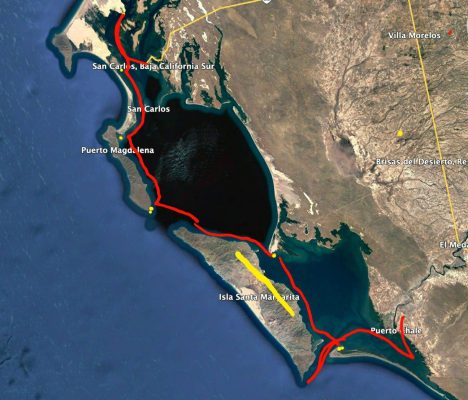
Enjoy more trip photos here:
January 2020 Photo Gallery
February 2022 Photo Gallery.
|
|
|
|
Rispondi |
Messaggio 10 di 42 di questo argomento |
|
|
|
|
Rispondi |
Messaggio 11 di 42 di questo argomento |
|
House of Habsburg (1516–1700)
[edit]
Following the deaths of Isabella (1504) and Ferdinand (1516), their daughter Joanna inherited the Spanish kingdoms. However, she was kept prisoner at Tordesillas due to an alleged mental disorder. As Joanna's son, Charles I (the future Holy Roman Emperor Charles V), did not want to be merely a regent, he proclaimed himself king of Castile and Aragon jointly with his mother. Subsequently, Castilian and Aragonese Cortes recognized him as co-monarch along with his mother. Upon her death, he became sole King of Castile and Aragon, and the thrones were left permanently united to Philip II of Spain and successors. Traditional numbering of monarchs follows the Castillian crown; i.e. after King Ferdinand (II of Aragon and V of Castile jure uxoris as husband of Queen of Castille Isabella I), the next Ferdinand was numbered VI. Likewise, Alfonso XII takes his number following that of Alfonso XI of Castile rather than that of Alfonso V of Aragon, the prior Spanish monarch with that name.[citation needed]
| Name | Lifespan | Reign start | Reign end | Notes | Family | Image |
| Charles I
|
24 February 1500 – 21 September 1558 (aged 58) |
14 March 1516 |
16 January 1556
(39 years, 10 months and 2 days) |
Son of Joanna and Philip I of Castile
Nominally co-monarch with Joanna till 1555, while she was confined |
Habsburg |
 |
| Philip II
|
21 May 1527 – 13 September 1598 (aged 71) |
16 January 1556 |
13 September 1598
(42 years, 7 months and 28 days) |
Son of Charles I |
Habsburg |
 |
| Philip III
|
14 April 1578 – 31 March 1621 (aged 42) |
13 September 1598 |
31 March 1621
(22 years, 6 months and 18 days) |
Son of Philip II |
Habsburg |
 |
| Philip IV
|
8 April 1605 – 17 September 1665 (aged 60) |
31 March 1621 |
17 September 1665
(44 years, 5 months and 17 days) |
Son of Philip III |
Habsburg |
 |
| Charles II
|
6 November 1661 – 1 November 1700 (aged 38) |
17 September 1665 |
1 November 1700
(35 years, 1 month and 15 days) |
Son of Philip IV |
Habsburg |
 |
In the year 1700, Charles II died. His will named the 16-year-old Philip, Duke of Anjou, the grandson of Charles's sister Maria Theresa of Spain, as his successor to the whole Spanish Empire.[1] Upon any possible refusal of the undivided Spanish possessions, the Crown of Spain would be offered next to Philip's younger brother Charles, Duke of Berry, or, next, to Archduke Charles of Austria.[2]
Both claimants, both Charles of Austria and Philip, had a legal right to the Spanish throne because Philip's grandfather, King Louis XIV of France and Charles's father, Leopold I, Holy Roman Emperor, were sons of Charles II's aunts, Anne and Maria Anna. Philip claimed primogeniture because Anne was older than Maria Anna. However, Philip IV had stipulated in his will the succession should pass to the Austrian Habsburg line, and the Austrian branch also claimed that Maria Theresa, Philip's grandmother, had renounced the Spanish throne for herself and her descendants as part of her marriage contract. This was countered by the French claim that it was on the basis of a dowry that had never been paid.[3]
|
|
|
 Primer Primer  Anterior 2 a 3 de 3 Siguiente Anterior 2 a 3 de 3 Siguiente  Último Último  |
|
|
|
After a long council meeting where the Dauphin spoke up in favour of his son's rights, it was agreed that Philip would ascend the throne.[4] Following this, the War of the Spanish Succession broke out and Archduke Charles was also proclaimed king of Spain, as Charles III, in opposition to Philip V. He was proclaimed in Vienna,[5] and also in Madrid in the years 1706 and 1710. Charles renounced his claims to the Spanish throne in the Treaty of Rastatt of 1714, but was allowed the continued use of the styles of a Spanish monarch for his lifetime. Philip ascended the Spanish throne but had to renounce his claim to the throne of France for himself and his descendants.[6]
Disputed claimant of the House of Habsburg
[edit]
|
|
|
|
|
|
|
Rispondi |
Messaggio 12 di 42 di questo argomento |
|
|
|
 Primo
Primo
 Precedente
2 a 12 de 42
Successivo
Precedente
2 a 12 de 42
Successivo Ultimo
Ultimo
|
|
| |
|
|
©2025 - Gabitos - Tutti i diritti riservati | |
|
|




































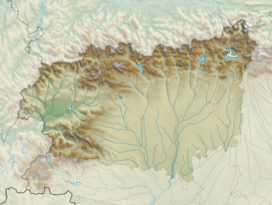

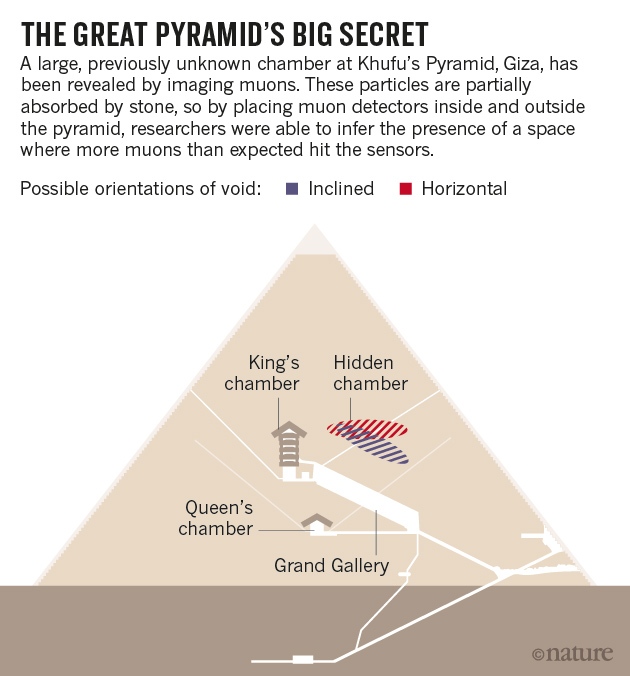

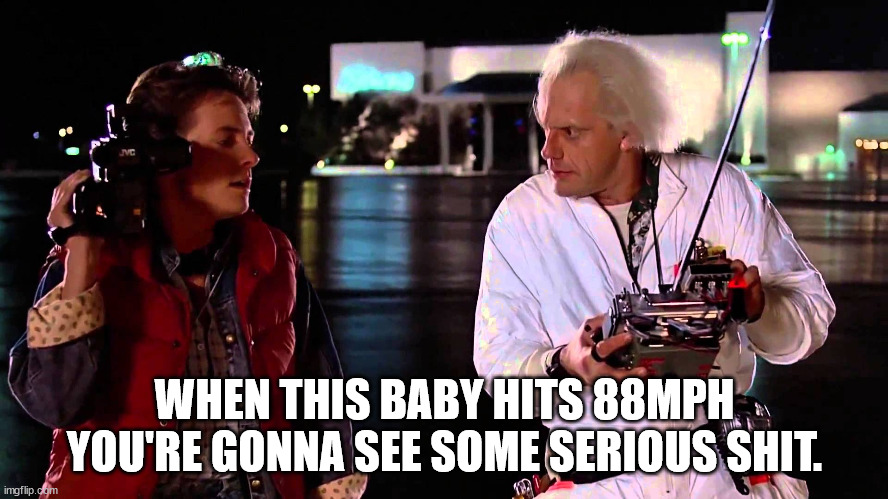
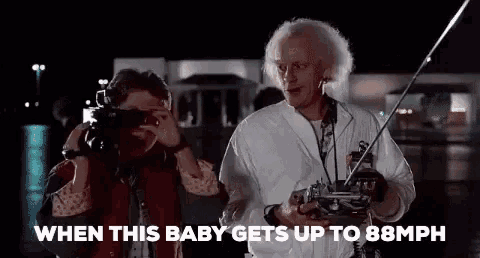

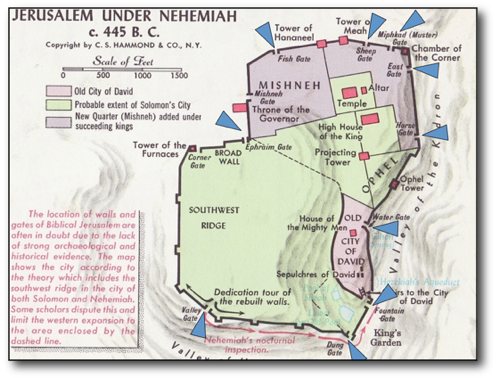
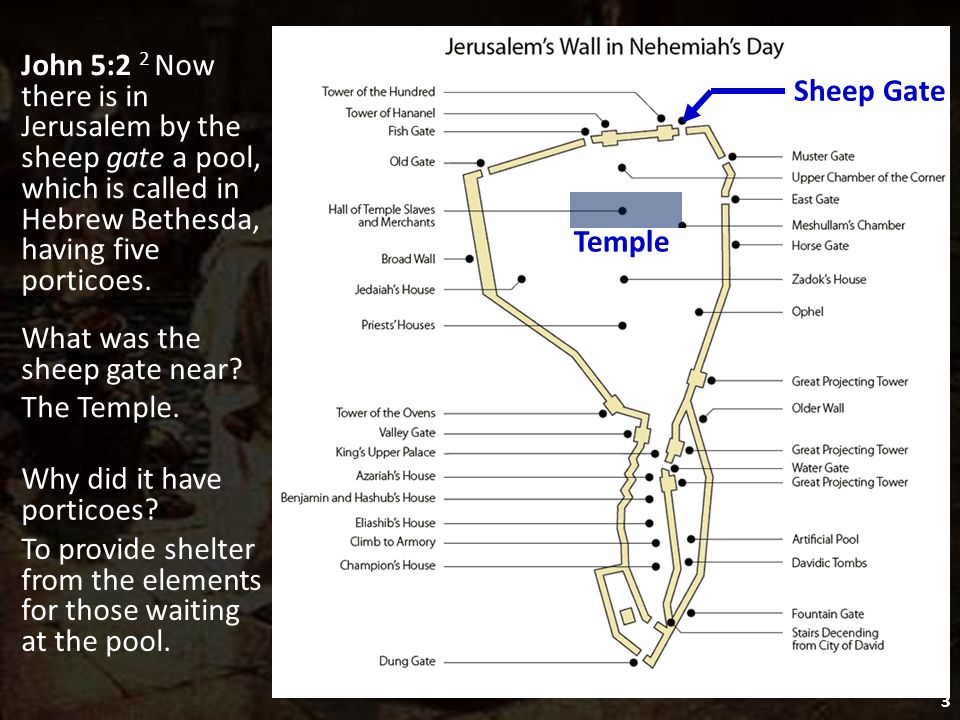
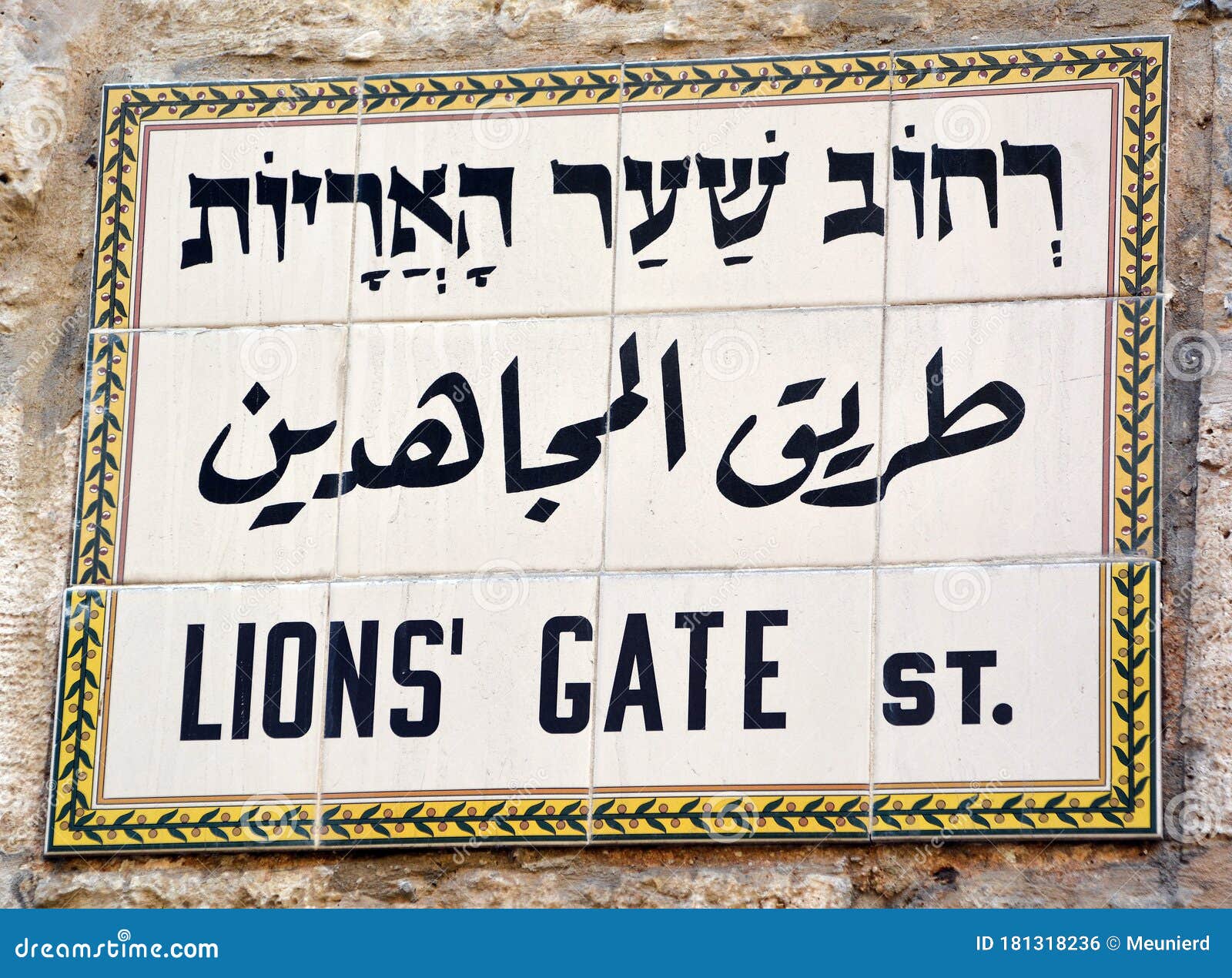
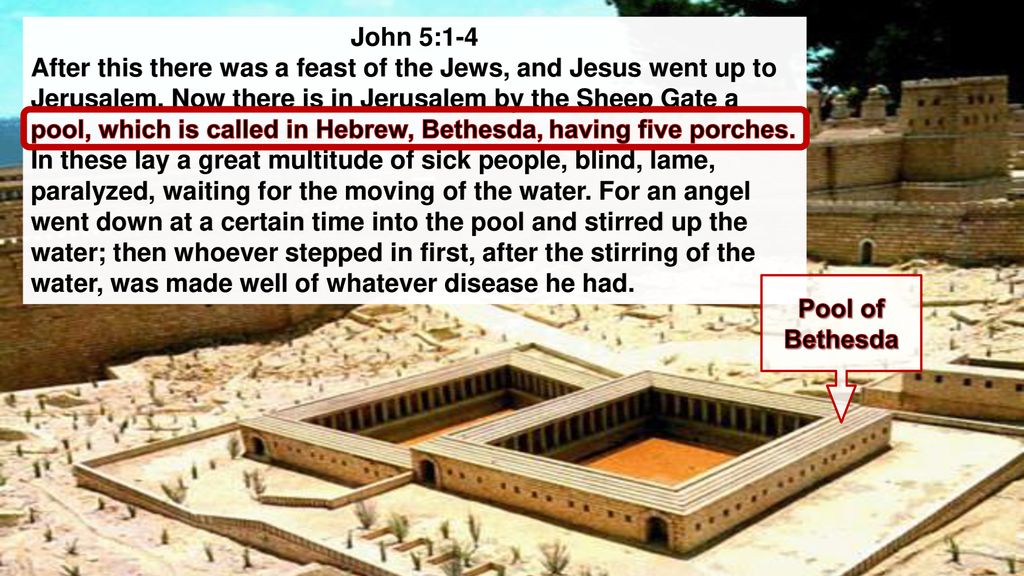
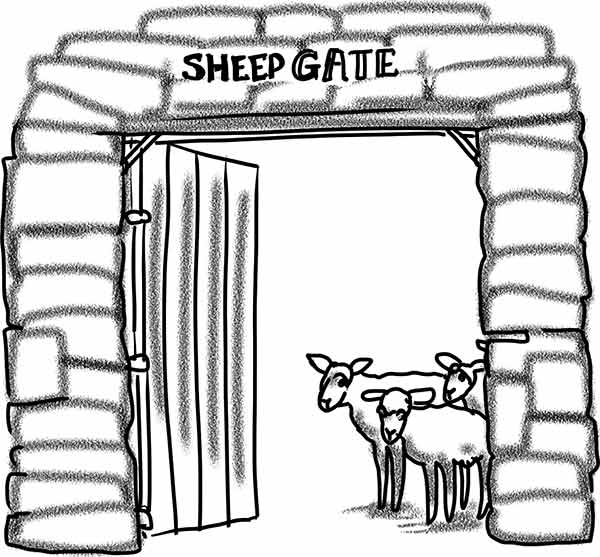
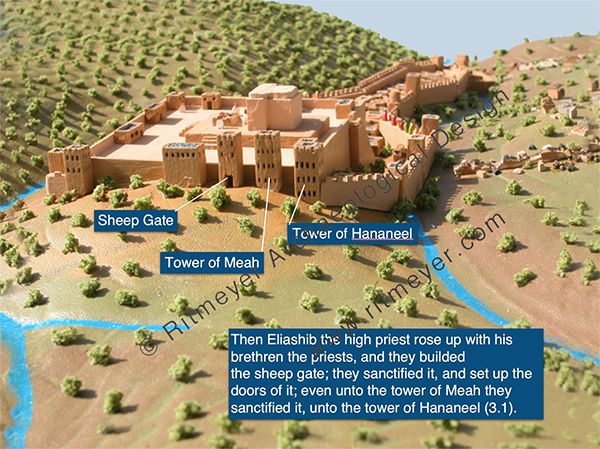



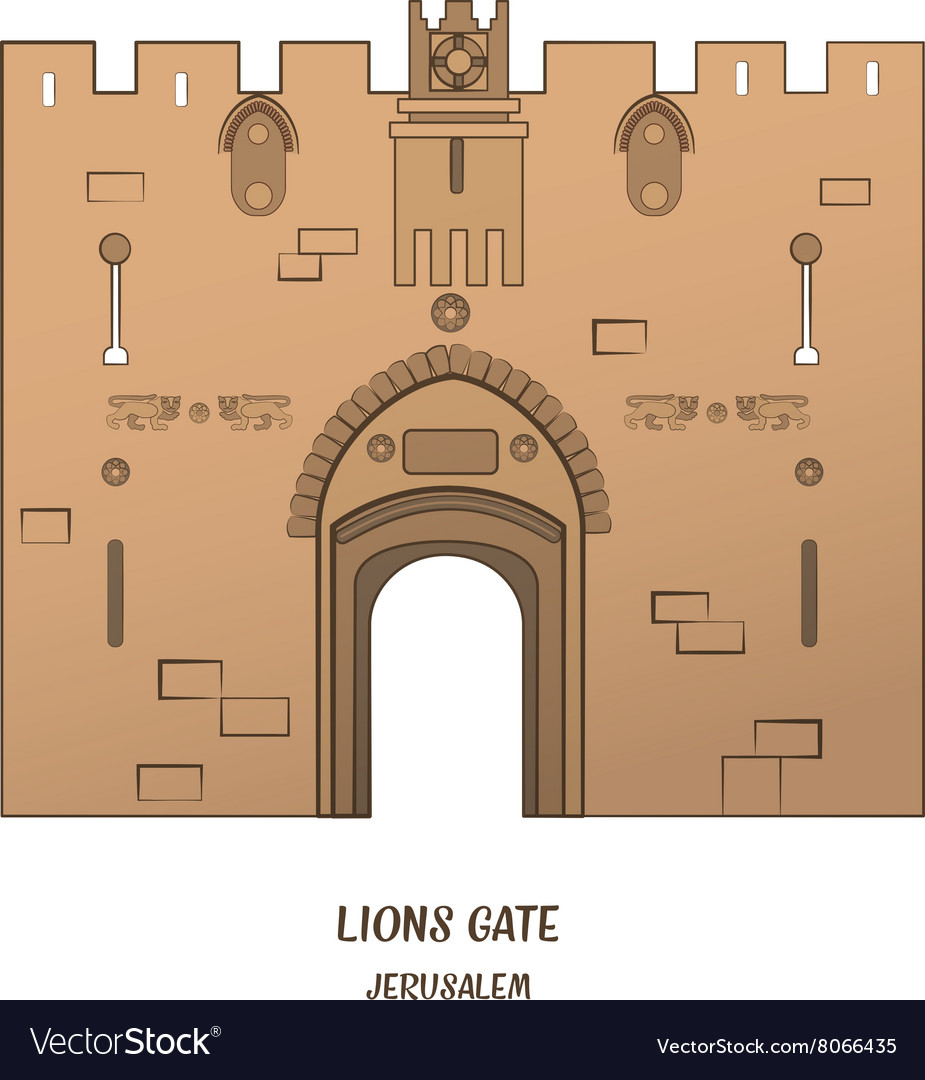
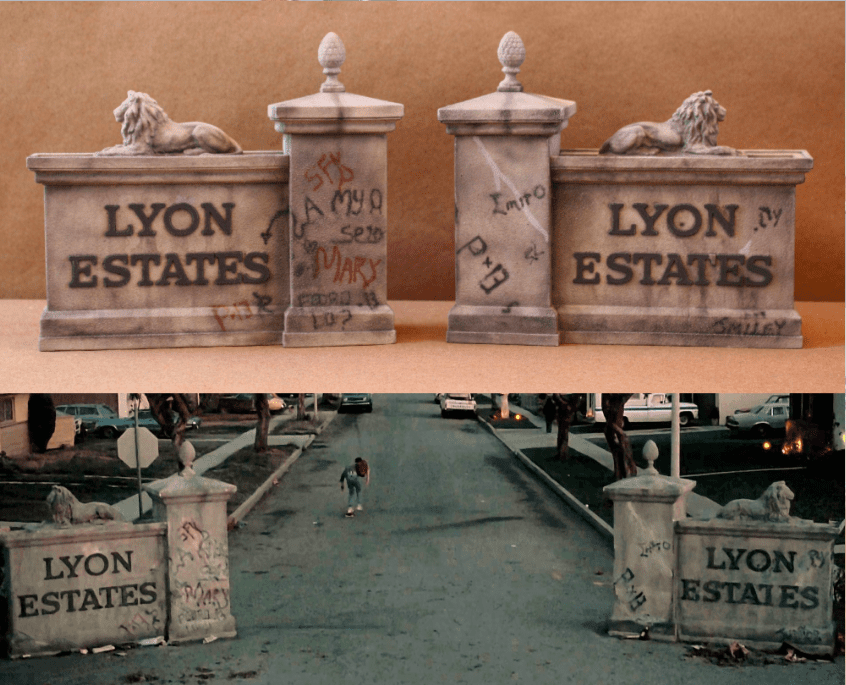
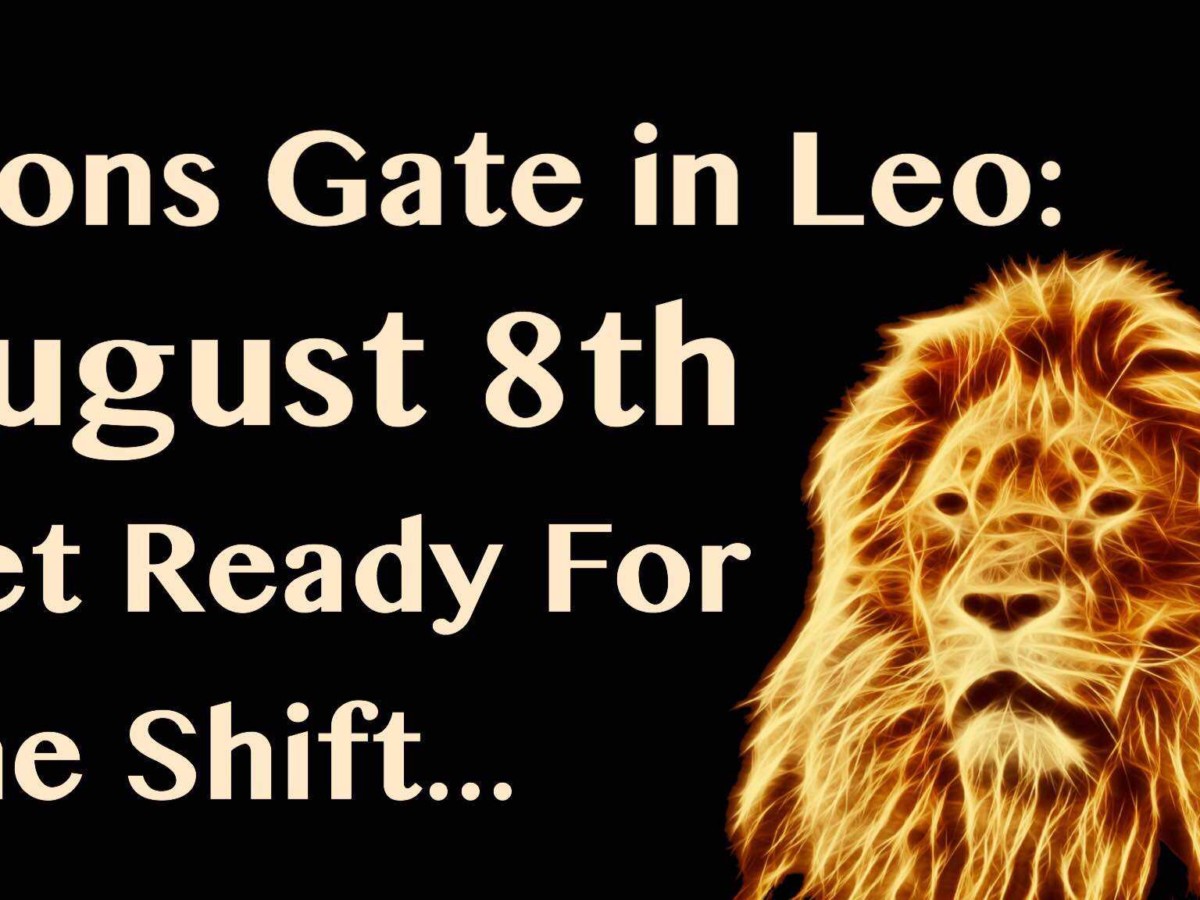


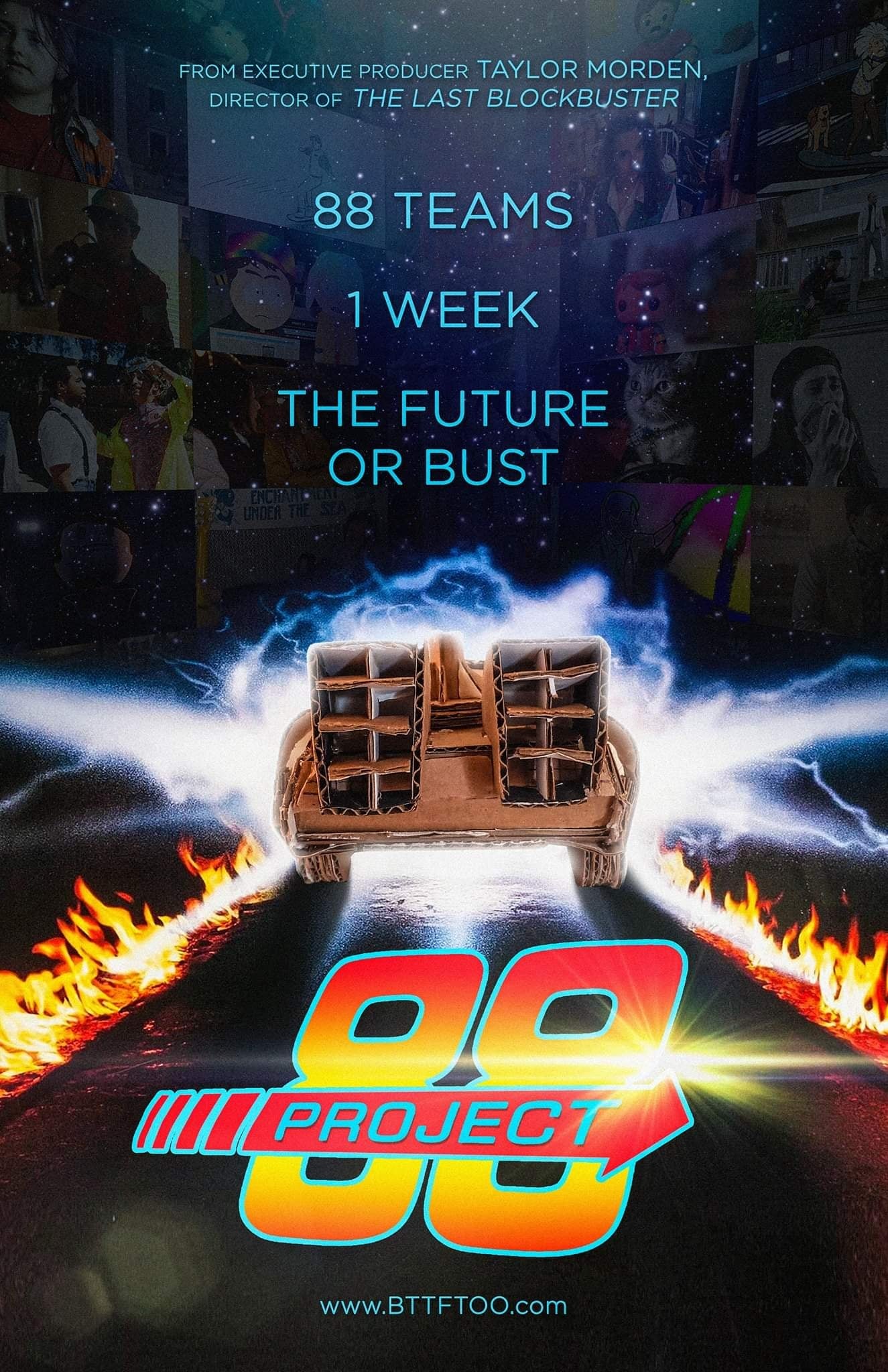


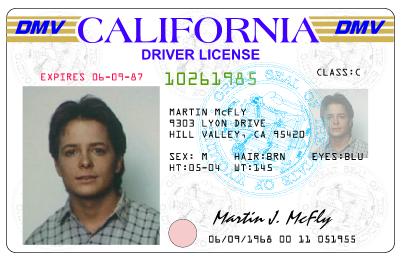












.gif)








